B-1 Lancers deploy over northern Europe to train on simulated bombing strikes and send Russia a message
- By Stavros Atlamazoglou
Share This Article
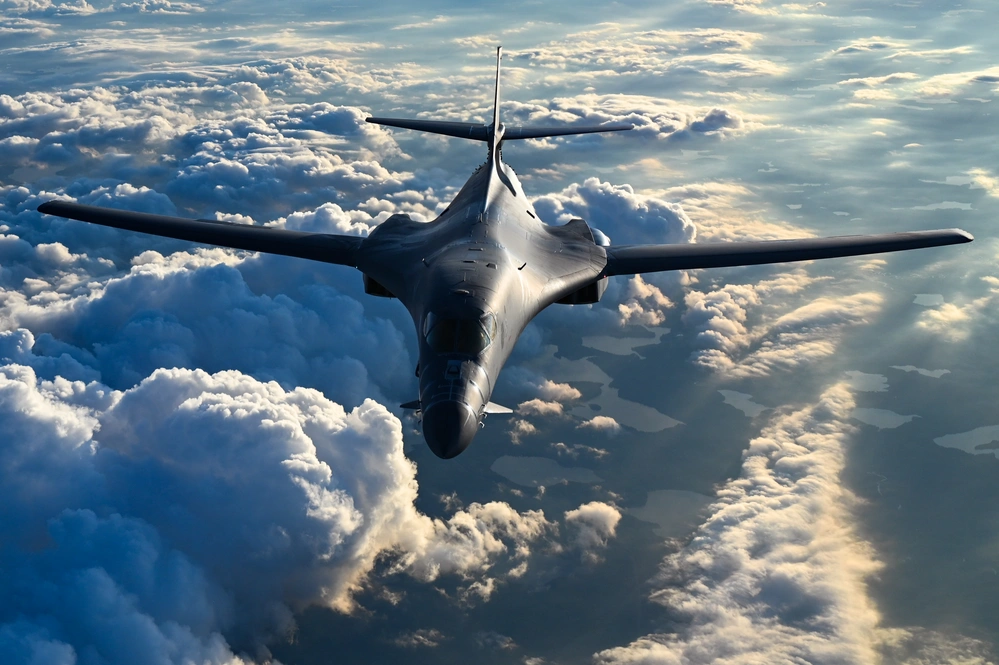
The U.S. Air Force deployed B-1 Lancer strategic bombers near Russia. Three B-1 Lancers arrived in Norway to take part in joint training with NATO forces, but also send a message of deterrence to the Kremlin.
The three bombers are assigned to the 345th Expeditionary Bomb Squadron and flew to Ørland Air Base, Norway, from Dyess Air Force Base, Texas; they received Spanish F/A-18 Hornet fighter escort along the way.
“This deployment allows us to train the way we fight – integrated with our NATO Allies, ready and adaptive. It’s about building experience and trust together, enhancing readiness, and staying sharp in dynamic environments,” Air Force Lt. Col. Eric Alvarez, the deployed commanding officer of the 345th Bomb Squadron, said in a press statement.
While in northern Europe, the B-1 Lancers will train with allied forces on simulated bombing strikes in highly complex air scenarios, involving both fighter and air defense threats.
Moscow’s invasion of Ukraine sent ripples of concern across Europe and NATO, especially in the countries bordering Russia. Deployments of strategic bombers and advanced fighter jets in the Baltics, Poland, Romania, Scandinavia, and other concerned allies are meant to bolster morale. But they are also meant to show Russia that in the event of a clash, the hand of the Global Strike Command can reach far.
“The deployment empowers U.S. Air Force aircrews to refine tactics, increase flexibility and strengthen coordination with Allies by exercising and operating together increasing warfighting capabilities and readiness,” the Global Strike Command stated.
The Air Force’s Global Strike Command controls the strategic bomber fleet (the B-1 Lancer, B-2 Spirit, and B-52 Stratofortress) and soon, the B-21 Raider. The Command’s primary mission is to deliver conventional and nuclear munitions with precision anywhere in the world at any time. Most recently, the Global Strike Command showcased its capabilities during Operation Midnight Hammer, when a handful of B-2 Spirit stealth strategic bombers struck several nuclear weapons facilities in Iran.
The B-1 Lancer first entered operational service in the late 1980s. The strategic bomber is a supersonic aircraft with global strike capabilities. It can carry up to 75,000 lbs of conventional munitions, making it the aircraft with the largest payload capacity in the entire U.S. military. The B-1 also used to be able to carry nuclear munitions, but the Air Force redesigned its payload capabilities following the end of the Cold War.
The B-1 is nearing retirement after almost 50 years of service. With the development of the sixth-generation B-21 Raider stealth strategic bomber underway, the Air Force plans to eventually retire the B-1 Lancer and B-2 Spirit and maintain a mixed bomber fleet of modern B-21 Raiders and upgraded B-52J Stratofortresses. However, the Air Force plans for a slow transition and even brought back a B-1 from the boneyard last year to meet operational needs.
Feature Image: A U.S. Air Force B-1B Lancer aircraft assigned to the 34th Expeditionary Bomb Squadron at Ellsworth Air Force Base, prepares to refuel from a KC-135R Stratotanker aircraft, assigned to 74th Air Refueling Squadron at Grissom Air Reserve Base, over the United States, July 2, 2025. The B-1 is a long-range, supersonic bomber built for high-speed, low-level missions and heavy conventional payloads. (U.S. Air National Guard photo by Senior Airman Halley Clark)
Read more from Sandboxx News
- The complicated legacy of War Thunder in the military community
- The value of Research and Development of explosives for the Delta Force
- SOCOM wants its secretive Long Endurance Aircraft drone to be able to launch smaller drones
- White House pauses Navy’s F/A-XX next-gen aircraft. Is this the way forward?
- The U‑2 spy plane just made history again by breaking two more records
Related Posts
Sandboxx News Merch
-

‘AirPower’ Classic Hoodie
$46.00 – $48.00Price range: $46.00 through $48.00 Select options This product has multiple variants. The options may be chosen on the product page -

‘Sandboxx News’ Trucker Cap
$27.00 Select options This product has multiple variants. The options may be chosen on the product page -

‘Kinetic Diplomacy’ Bumper Sticker (Black)
$8.00 Add to cart
Stavros Atlamazoglou
Greek Army veteran (National service with 575th Marines Battalion and Army HQ). Johns Hopkins University. You will usually find him on the top of a mountain admiring the view and wondering how he got there.
Related to: Airpower
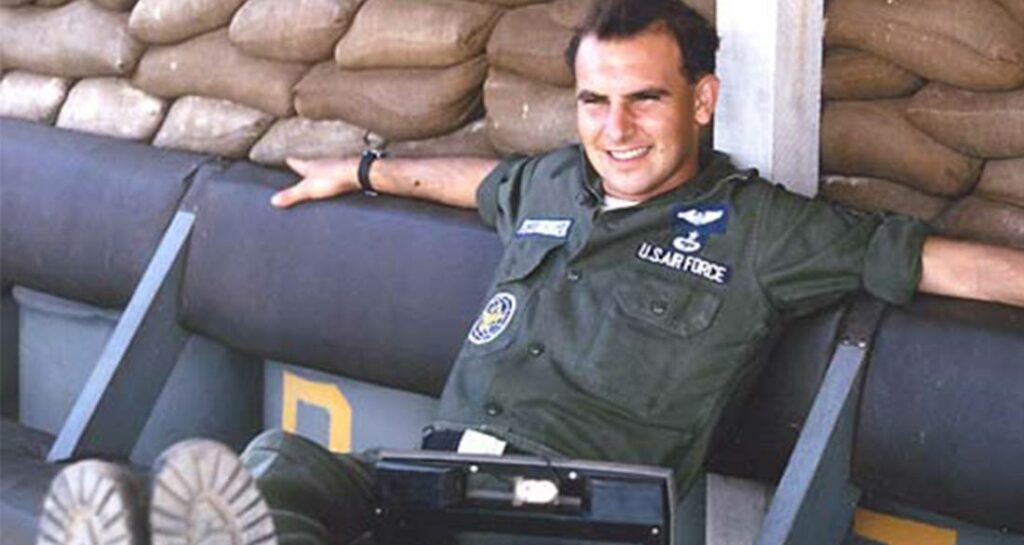
William Pitsenbarger: The commando who died so that others could live
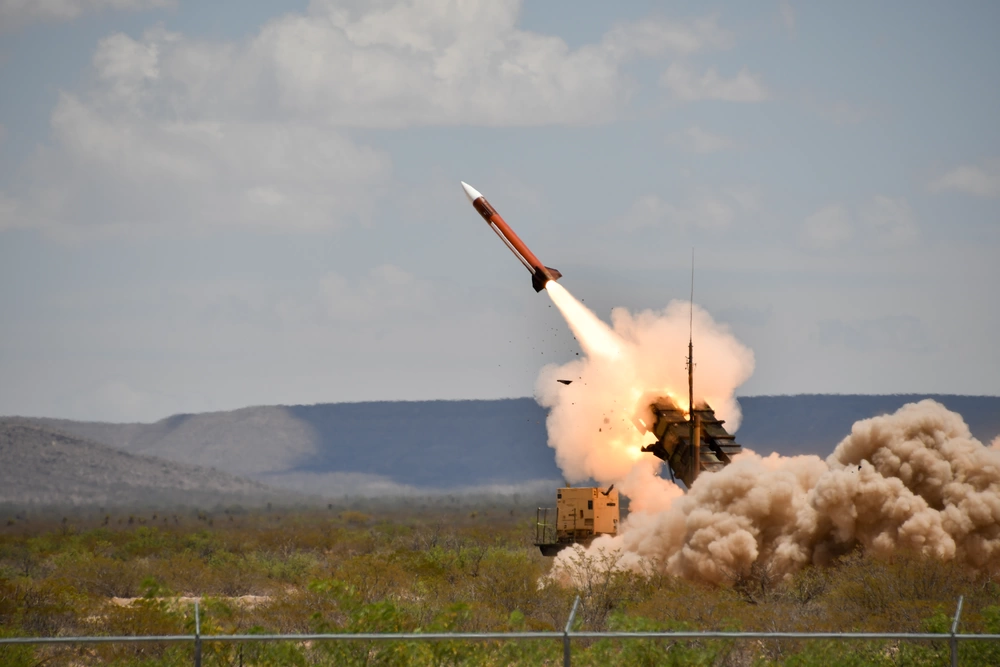
Israeli Patriot air defense systems operate in Ukraine, according to Zelensky
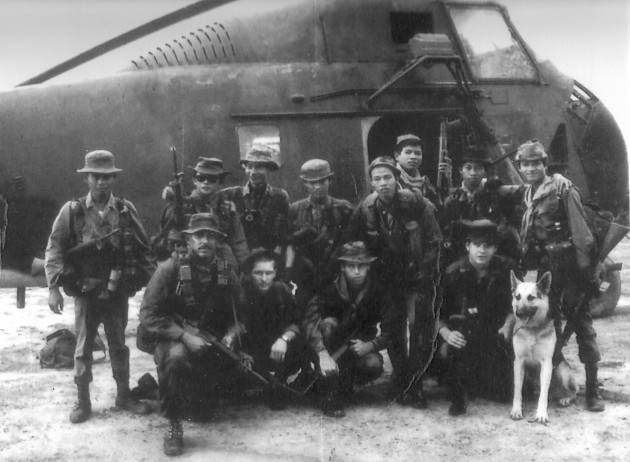
ST Idaho: The Special Forces team that vanished in the jungle
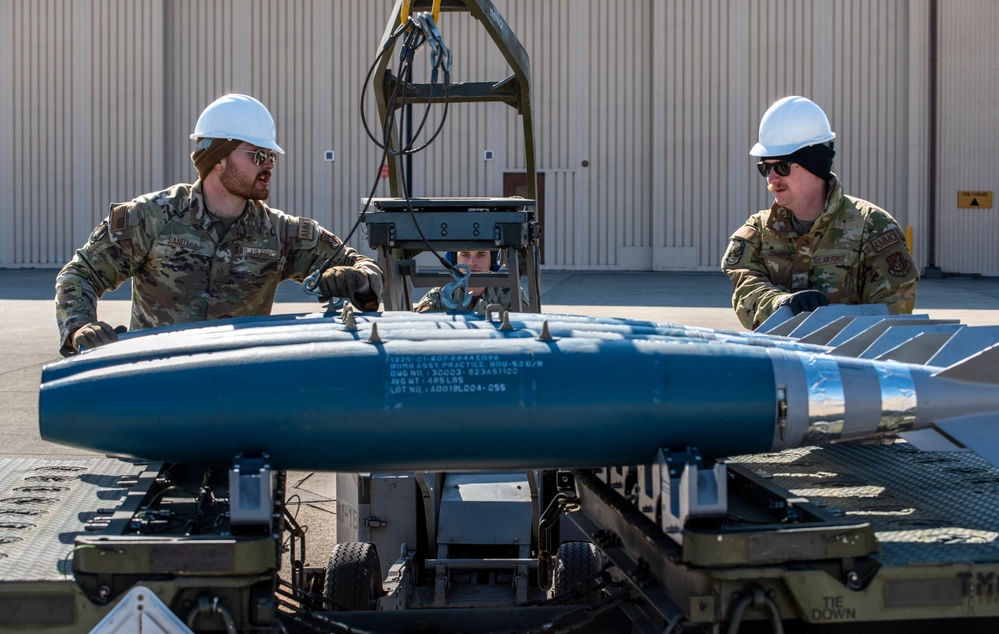
These are all of America’s air-launched precision-guided munitions
Sandboxx News
-

‘Sandboxx News’ Trucker Cap
$27.00 Select options This product has multiple variants. The options may be chosen on the product page -

‘AirPower’ Classic Hoodie
$46.00 – $48.00Price range: $46.00 through $48.00 Select options This product has multiple variants. The options may be chosen on the product page -

‘AirPower’ Golf Rope Hat
$31.00 Select options This product has multiple variants. The options may be chosen on the product page -

‘Sandboxx News’ Dad Hat
$27.00 Select options This product has multiple variants. The options may be chosen on the product page
